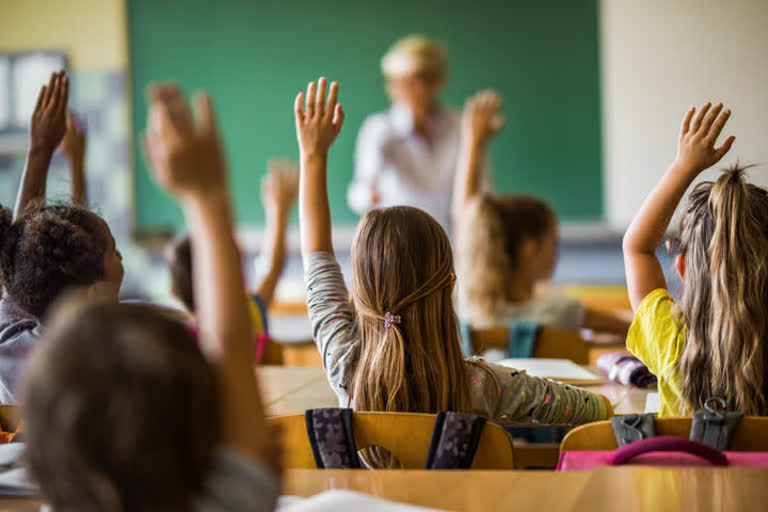More than half a year with the COVID-19 pandemic, everyone is now more or less prepared to live with it in the near future, until the vaccine arrives. Amidst all this, studies too have been affected a lot and many countries including India are planning to reopen schools. However, starting with regular studies as before will be quite challenging for the schools. In India, schools may be operative from 21st September 2020 for classes 9th-12th. Therefore, it becomes important to take desirable measures, so that the studies are not interrupted and children as well as the school staff remain protected from the novel coronavirus.
In this regard, special guidelines have been issued jointly by UNICEF, UNESCO, and World Health Organization (WHO), Technical Advisory Group (TAG), and some other institutions to open schools in schools around the world during corona. Here are some of the important things to look at:
Is the School In The Safe Zone?
Schools have been asked to open according to the sensitivity of their areas, based on the number of corona victims in their areas and keeping in mind the speed of the spread of corona in the area. For which some specific rules have also been advised to be followed.
- Schools should not be opened in very sensitive, red zones or containment areas
- In areas where the number of corona victims is relatively low, schools should be opened keeping all the necessary parameters in mind
- In such areas, instead of regular attendance of all children, groups can be created and they can be assigned different times for their classes. Apart from this, classes can be conducted on different alternate days for different groups of children.
- The same system can also be implemented in schools falling in such areas, where there are no cases of the corona.
Instructions issued for schools
- Divide the children into groups and call them to school in different shifts or on alternate days i.e. one group on one day, and another group on the other day.
- Be it children or teachers, proper social and physical distance is to be maintained by everyone. Maintain at least a 1-meter distance while sitting in classrooms or walking in school corridors.
- Proper and regular sanitation is to be carried out in places like classrooms, toilets, playgrounds, dining rooms, drinking water areas, and in special classes like labs, etc. Also, arrangements should be made for students and teachers to wash or sanitize their hands with soap from time to time.
- Attending school should be prohibited without a mask.
- Apart from all this, the school administration should ensure proper communication with the families of the students. They should be regularly informed about their actions being carried out, to assure them that their children are safe at school and all the precautions are being taken.
